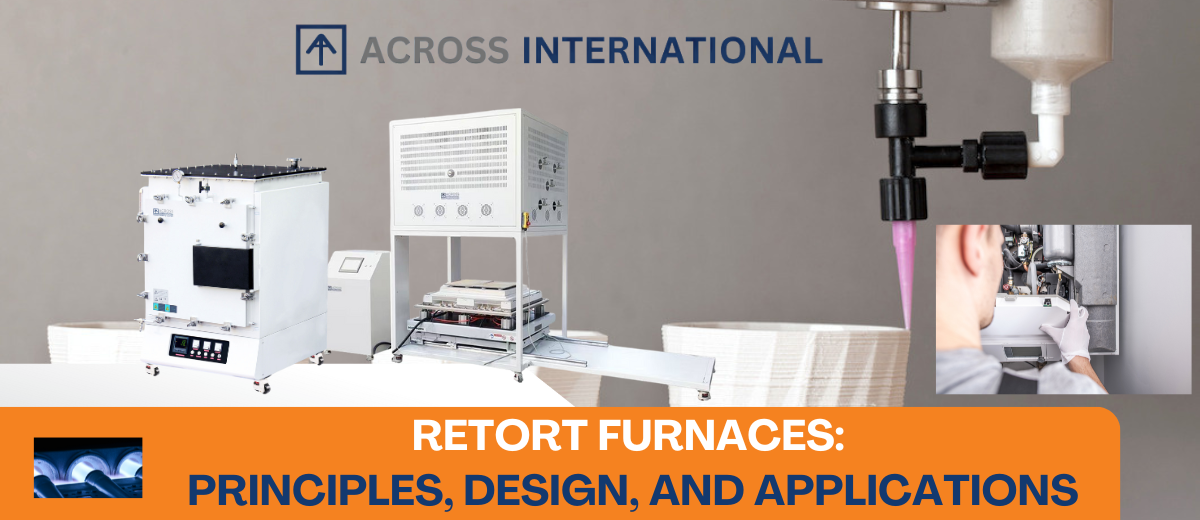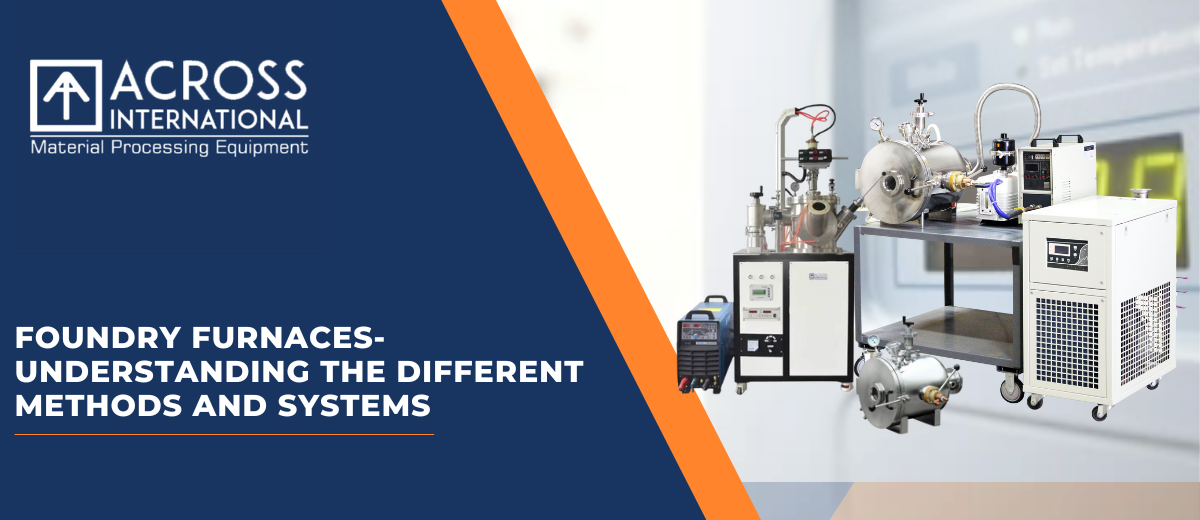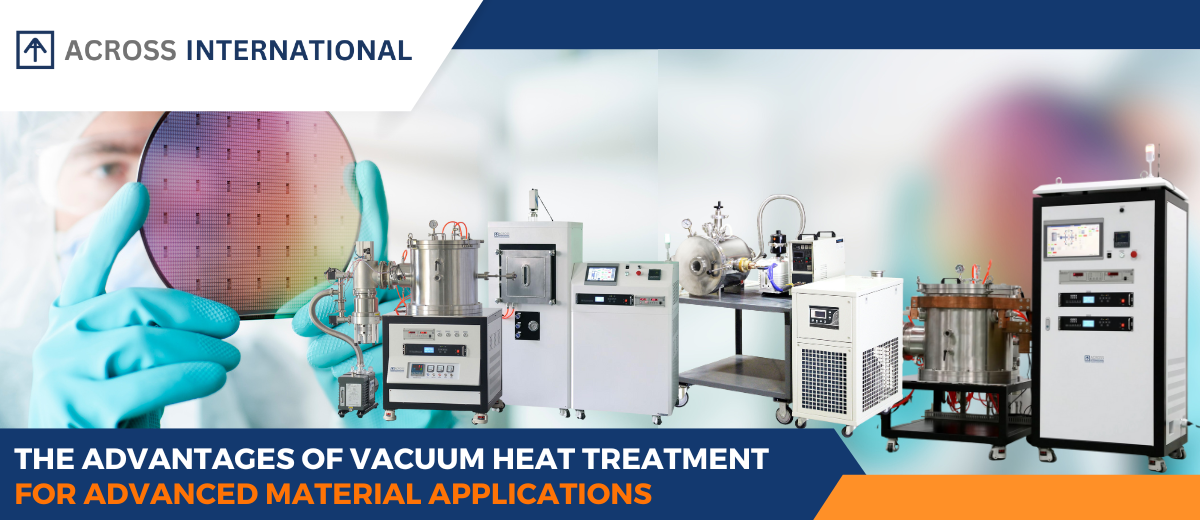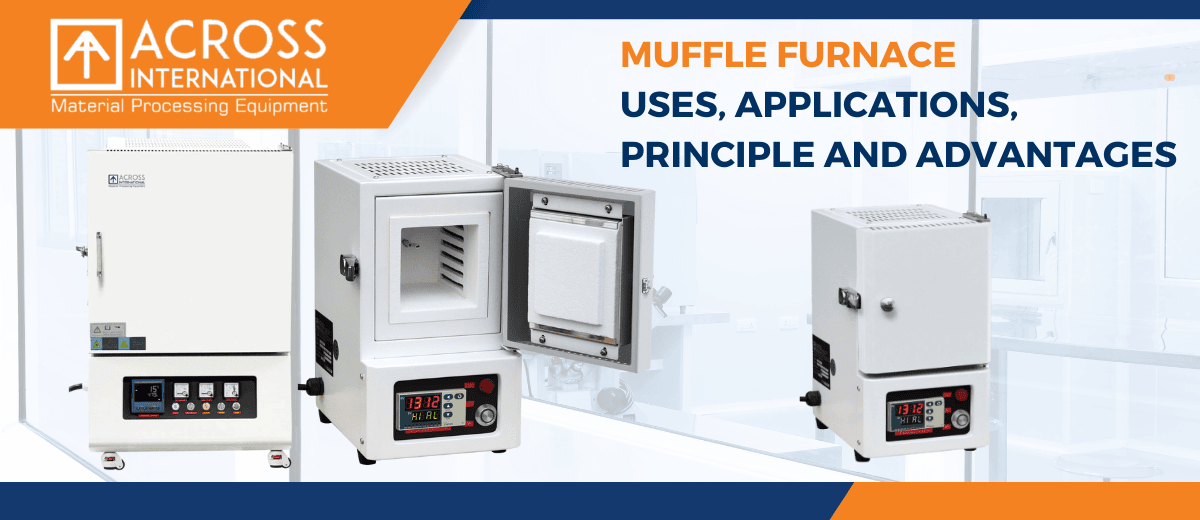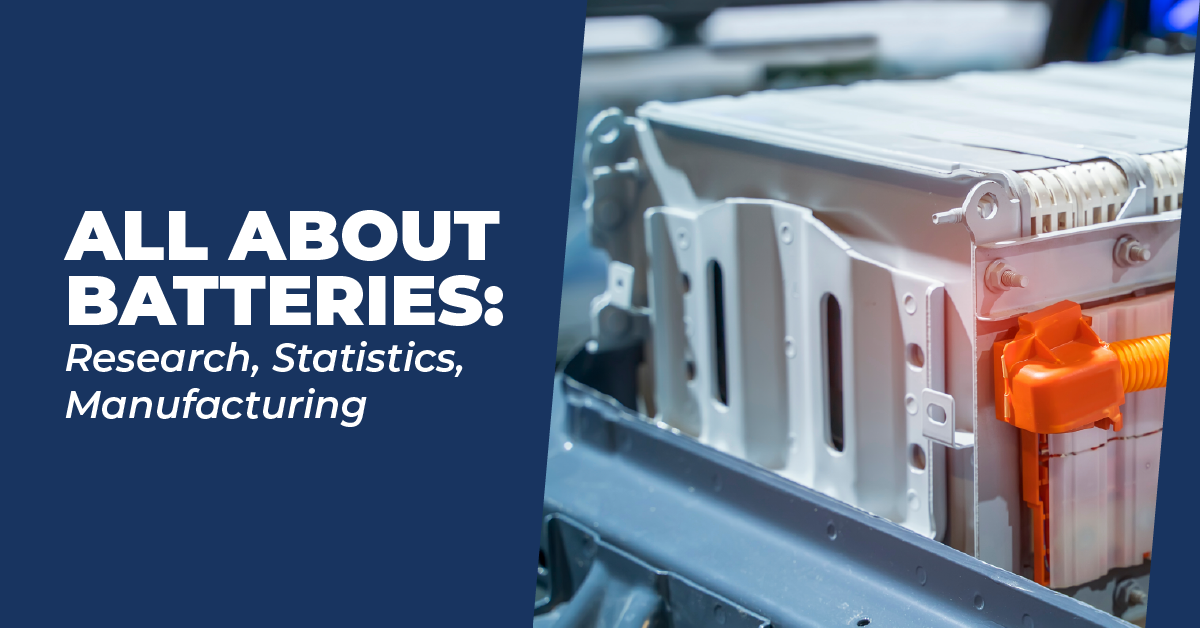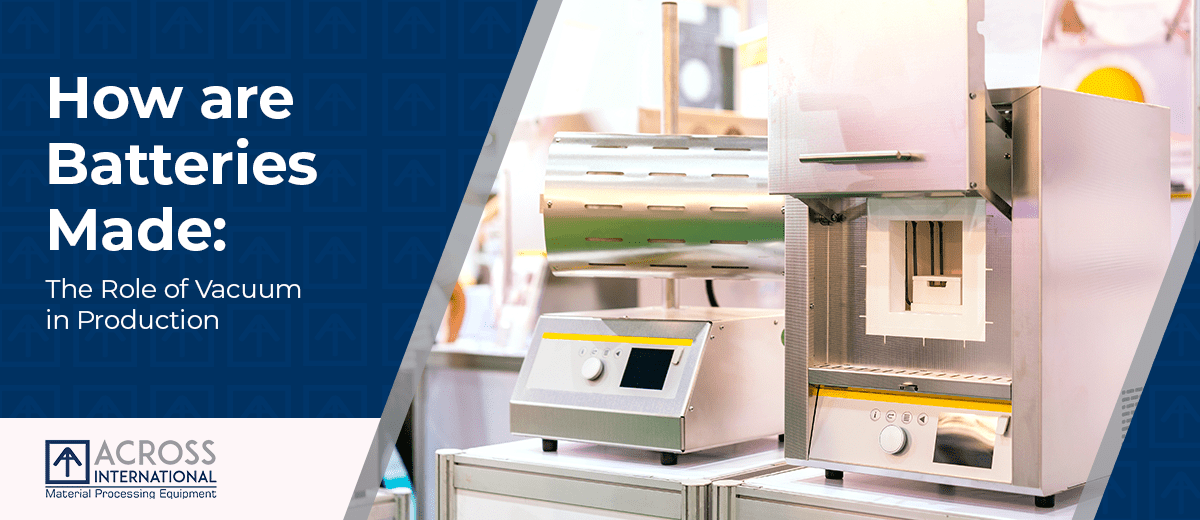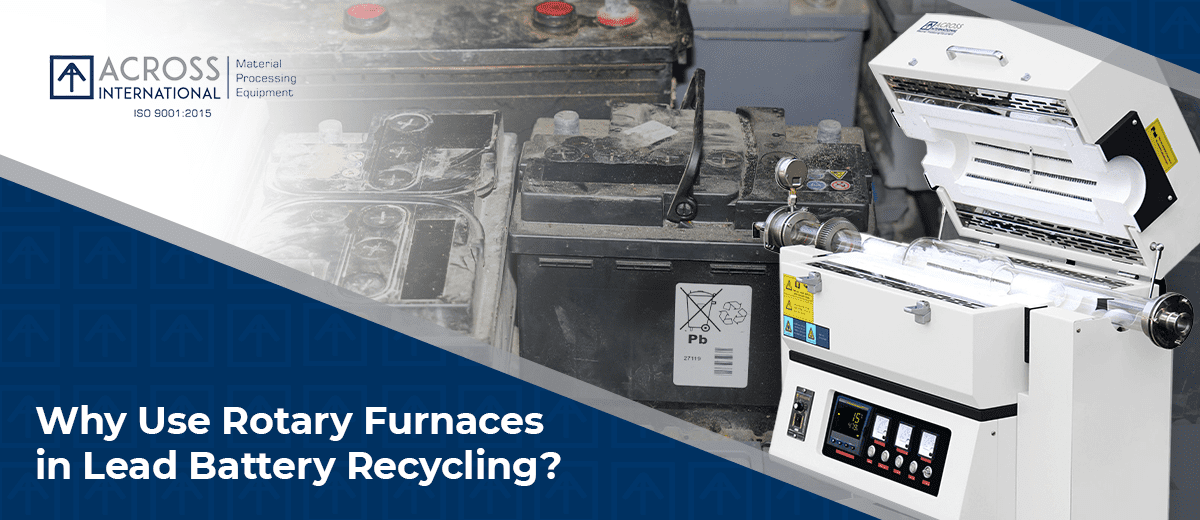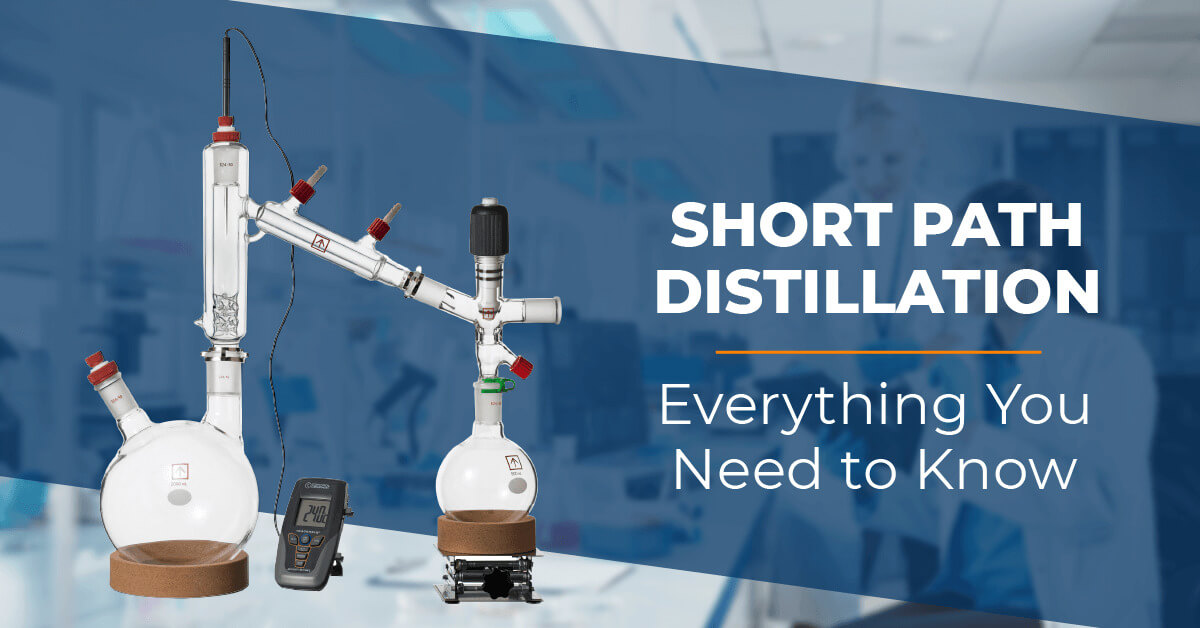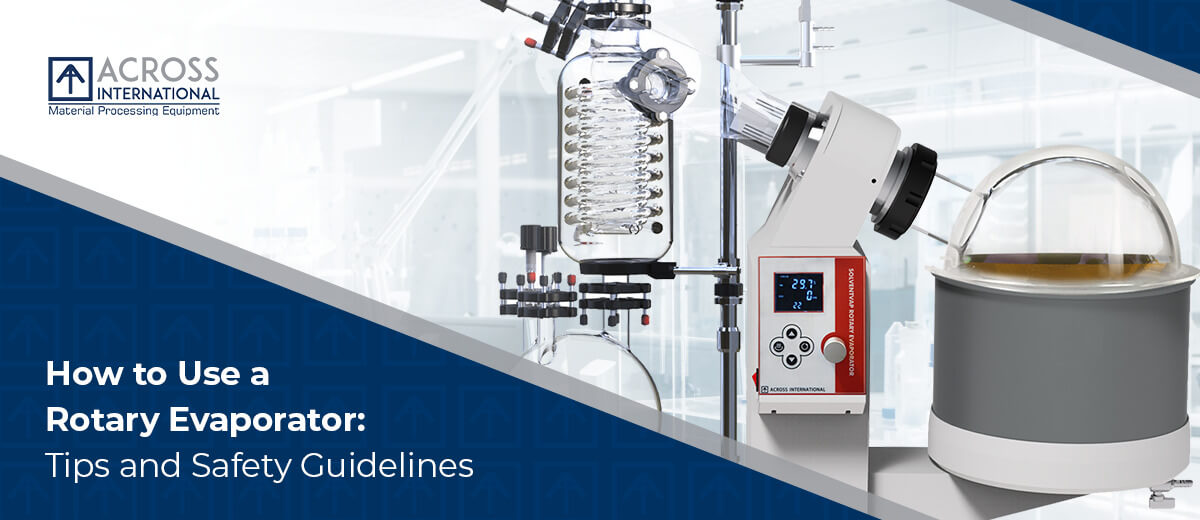
The rotary evaporator is a highly useful device in the distillation processes of cannabis extraction, chemical labs, and biotechnology industries. These sectors incorporate a rotovap into their production cycle due to its efficiency in solvent removal.
While many industries have already tried, tested, and fully integrated this equipment into their operations, some new users may still not know how to operate rotary evaporators to ensure proper distillation and lab safety.
How does a rotovap work? It should go without saying that you want to settle this question before buying one. The same goes if you have recently purchased the device. In this article, you’ll learn how to use a rotary evaporator correctly.
How to Use a Rotovap Properly
You only need to follow a few steps to increase your rotovap’s efficiency and safety, making it easier to operate and minimizing the risk of lab accidents.
1. Place your rotovap in a safe, low-risk spot
When operating a rotary evaporator, you must meet certain environmental conditions and be aware of instances when you should and shouldn’t use the machine.
For one, you have to remember that rotovaps are not “explosion-proof,” so you must use them in a non-explosive and non-corrosive environment.
The rotovap is also sensitive to impact and vibration. Exposure to strong impact may damage the machine or cause it to malfunction and shut down. Similarly, subjecting the device to strong vibrations could make its hot liquid content splash or spill over, possibly leading to contamination, injuries, or inaccurate test results because you lost a bit of your sample.
Finally, ensure enough clearance around the rotovap so that its lifting mechanism has ample space to move. Particularly during emergencies, rotary evaporators power down and automatically remove the evaporation flask from its heating vessel.
2. Properly ventilate your rotovap and use a fume hood
Ventilation is critical to keeping the device in prime working condition. Experts recommend ventilating the rotovap after use and before disassembling. It’s ideal to do the ventilation process in an area where you can control any vapors that may harm people and the environment.
You could also use the rotovap with a fume hood. A fume hood is a ventilated covering that captures fumes, gases, and vapors, safely removing those elements from the surrounding work areas.
3. Attach a splash shield or protection shield
Instances of substance splashes are inevitable during the distillation process. To prevent possible contamination and injuries from them, you can enclose your evaporating flask with either a splash or protection shield.
The primary difference between these two protective devices is that a splash shield will require you to physically remove your evaporating flask from the rotovap, leaving you unprotected momentarily.
4. Choose condensers and flasks with plastic coating
Borosilicate glass is a widely used material for creating condensers and flasks. However, if you think containers made from this specialized glass aren’t up to par, you can purchase plastic-coated glassware instead.
Flasks and condensers with plastic coating are more resistant to mechanical impact and reduce content leakage if the glass breaks. Additionally, plastic-coated glassware keeps chemicals intact in case of an implosion or hard impact.
Plastic-coated glassware can be especially beneficial in achieving the highest safety standards or if you primarily work with expensive chemicals.
5. Use a level sensor
A level sensor is a tool that measures, monitors, and maintains liquid levels. Once the apparatus detects the fluid level is at maximum capacity, it will send electric signals that alert you to unload the collection flask’s contents.
6. Install a secondary condenser to eliminate emissions
Secondary condensers are of many different types. However, all device variations serve a primary purpose: preventing emissions into the air. Secondary condensers accomplish this by condensing and storing all solvent vapor in the rotovap’s receiving flask.
A telltale sign that you need a secondary condenser is if you notice that the vapor flow is too fast, with the rotary evaporator condenser likely reaching its maximum operating capacity. By installing a secondary condenser, you can split up the vapor flow rate and reduce dangerous emissions, thus increasing your workplace’s safety rating.
Reinforcing Rotary Evaporator Safety
In general, the use of lab equipment requires the utmost care. Here, equipment safety entails knowing how to operate and maintain delicate equipment, especially a rotary evaporator.
As such, purchasing high-quality rotovaps and accessories is necessary to improve workplace safety standards. The steps described here can be your guide to maximizing the full potential of your rotovap.
Searching for a reliable producer to avail of a rotary evaporator? Look no further than Across International. An industry leader in heat treatment, laboratory, and material processing equipment manufacturing, Across International offers easy-to-operate rotovaps that boast high-distillation rates.
AI’s rotovaps are UL- and CSA-certified and CE-compliant, allowing you to optimize your package with larger ancillaries and advanced vacuum controllers. We offer rotary evaporator models ranging from 2 liters to 50 liters so that you can choose accordingly based on your process requirements.
Check out our wide selection of Across International’s rotovaps and secure one for your lab today!


